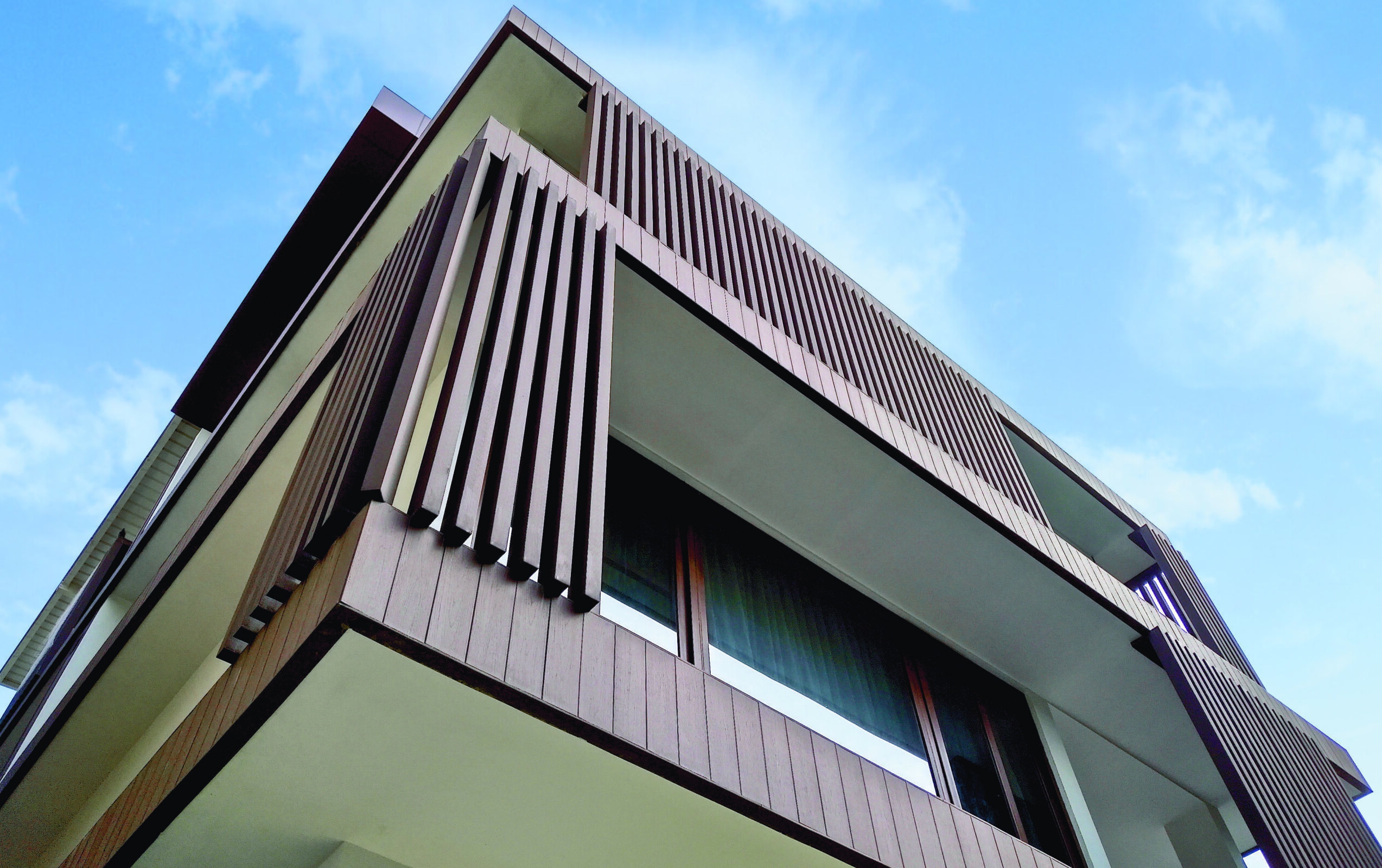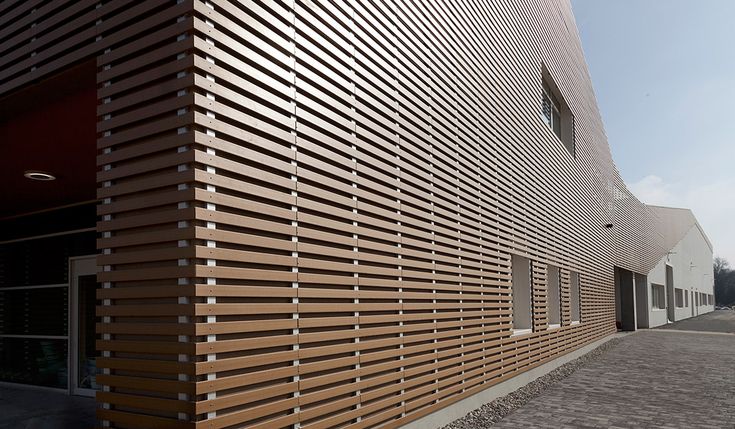Ecological architectural aesthetics and plastic-wood composite materials
Monday, June 5, 2023At this stage, green building materials and technologies are in the transitional stage of large-scale promotion in the market, effectively improve and give full play to the ecological benefits of materials and technologies, adhere to technological innovation, pay attention to building economy, and choose less energy consumption and less damage to the environment. design concept. However, from a long-term perspective, in the face of the aesthetic problems of ecological architecture caused by the superimposition of various materials and technologies on the building, the design, construction, management, materials, and recycling stages of the building have become the design concept of the architectural design.

In recent years, with the depletion of global resources and the increasing awareness of social environmental protection, wood-plastic composite materials have been listed as green energy-saving and environmental protection products by many countries and received strong support. At present, WPC has grown rapidly in the United States, Canada, Australia, Germany, Japan, South Korea and other countries, and will be more widely used in the future. Designers also regard plastic-wood composites as a material that can highlight artistic styles, and are widely used in indoor and outdoor architectural design.
The surface of high-end plastic wood is rich in color, natural and smooth wood feeling, durable and not fading, simple and thick, expressing the rhythm of life and pleasing beauty, full of vitality and romantic sense of design. It is unmatched by ordinary wood and other composite materials. With the improvement of people’s living environment, the construction of courtyard terraces and country houses has become fashionable. Having a private courtyard of your own and giving yourself a free space to imagine is the yearning and pursuit of modern people for life. The design of ecological buildings is very important, and the selection of suitable building materials is even more important.

Under the slogan of low-carbon buildings, wood-plastic composite materials have been integrated into my country’s construction, decoration, garden landscape and other fields. Wood-plastic composite material is a material that integrates materiality, technology, shape design and aesthetics. It determines the level of building decoration and is of great significance to beautify urban and rural buildings and improve people’s living and working environments. Many construction, decoration, garden, design and engineering companies have begun to use plastic-wood composite materials as the preferred material for energy-saving, environmental protection, and low-carbon buildings.

Ecological architectural aesthetics is to introduce the viewpoint of ecological aesthetics into the aesthetics of architecture, take ecological thinking and aesthetics as the theoretical fulcrum, and take architecture as the research object of aesthetics. The aesthetic characteristics have double standards of rationality and sensibility. It focuses more on the game between the ecological benefits brought by building materials and technology and the economic and environmental costs of aesthetics. It is a multi-dimensional aesthetics synthesis that combines technical aesthetics, artistic aesthetics, and environmental aesthetics. system. Plastic-wood composite is undoubtedly an indispensable new material in ecological architectural aesthetics.